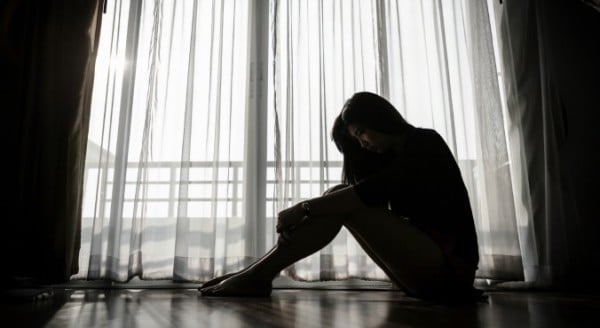
Two months ago, I filed for disability for bipolar disorder. I had spent weeks dangling from tiring hands over a spiky precipice — or so it seemed.
RELATED: Ruby Rose reflects on her struggles with her mental health.
There were days of crying at my desk, days of inexplicable panic attacks in the face of a normal workload. Days began with never wanting to see the inside of my bland cubicle again, and ended early with the emailed excuse of a personal emergency or sudden illness.
After too many of these days over too many weeks, I sent an email, made a call, and succumbed to the fact that bipolar disorder was standing firmly between me and a normal 9-to-5 life.
At first, I felt free — I didn’t have to continually look for ways out — I’d found one.
RELATED: 6 signs you’re stressed (and what you can do about it).
Then came the paperwork, the probing phone calls asking about how often I had cried or showered, the never ending demand for proof of brokenness that became normal, but never any less anxiety-inducing. (Post continues after gallery.)
Let us inspire you...
It took weeks to get an appointment with my psychiatrist. More weeks until there were any medicinal effects of note. All the while, I was a willing test subject, but my time at home felt purposeless.
I wandered from Twitter chats to writing to job applications, even to trying my hand at coding, but I still never felt a sense of completion or satiation.


